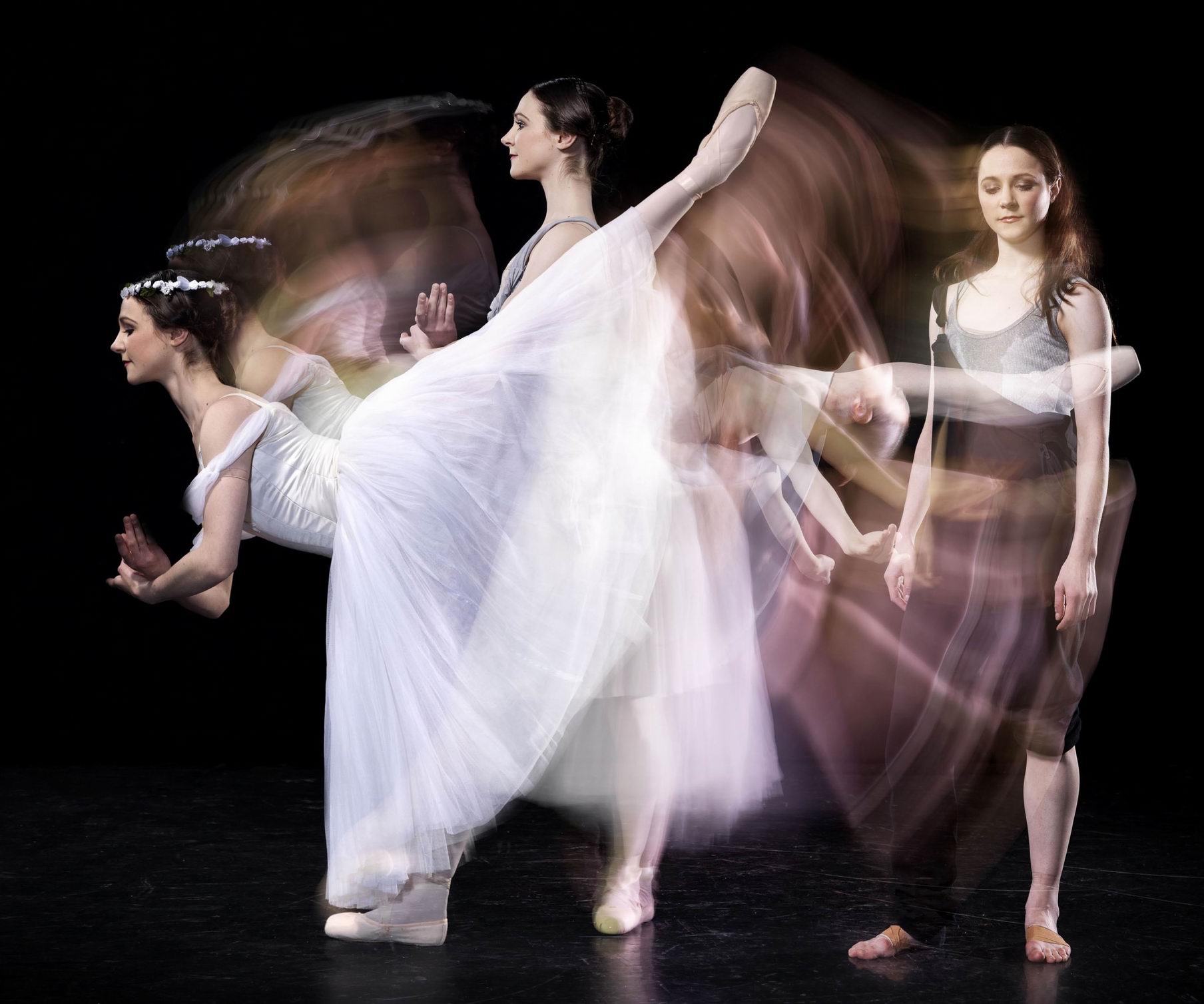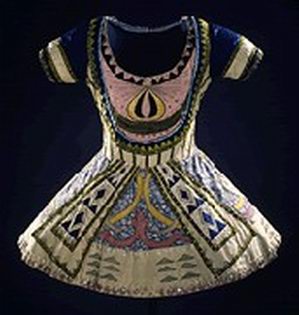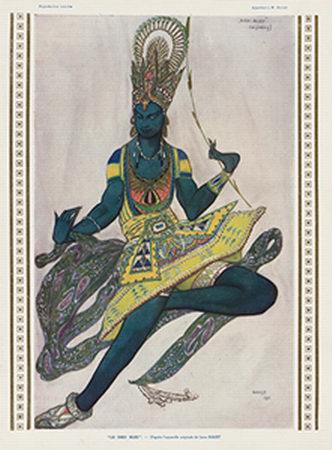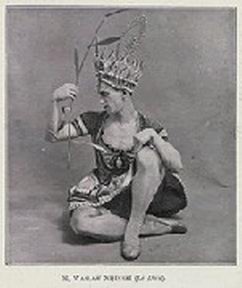- Publication news
In September The Canberra Times published my preview of the Australian Ballet’s 2012 season, a review of the recent book The Ballets Russes in Australia and Beyond under the title ‘Dancing round a few home truths’, and my review of Graeme Murphy’s new take on Romeo and Juliet. Romeo and Juliet has certainly sparked some discussion and the amount of traffic that the extended review has generated over this website has been quite astonishing. It has more than quadrupled the previous record of visits to any one post. The suggestion that this Romeo and Juliet is just not a profound work has been made, not only in published comments but also in other communications to me. But whatever we think, it appears to be selling remarkably well and it will be interesting to see what Sydney audiences make of it when it opens there in December.
Editing and design began in September on an article of mine to be published in the December issue of The National Library Magazine. This article looks at the ballet designs of Arthur Boyd for Robert Helpmann’s Elektra, and those of Sidney Nolan for Kenneth MacMillan’s Rite of Spring. Both ballets were given their premieres by the Royal Ballet in London in the early 1960s. We’ve never seen the MacMillan Rite of Spring here in Australia, but Elektra was staged by the Australian Ballet in 1966 when there were some interesting changes to Boyd’s designs, which in fact had already undergone changes before they even made it to the Covent Garden stage.

- Nijinsky’s costume for Le Dieu bleu
While the Romeo and Juliet post has attracted instant interest, the post from late last year on Nijinsky’s costume for the Blue God quietly continues to generate visits. I was recently contacted by author Denise Heywood, whose book Cambodian dance: celebration of the gods was published in 2008 in Bangkok by River Books. The book is an interesting examination of the history of Cambodian dance and reproduces some remarkable photographs from across many decades. Denise suggests in her recent communication with me that it is not just the costume has links to the Khmer culture, as I suggested in the post, but the choreography for the ballet Le Dieu bleu must surely also have been influenced by Khmer dance, especially the ‘slow, statuesque movements’.
- The Royal New Zealand Ballet
The Royal New Zealand Ballet has just announced its 2012 season, its first full year under the directorship of Ethan Stiefel. Stiefel will begin the year in February with a very American program entitled NYC, ‘New Young Classic’ (although the other meaning of that acronym is in there too). NYC will feature works by Larry Keigwin, Benjamin Millepied and George Balanchine. Keigwin has a big following in New York and he will create a new work on the dancers of RNZB. Millepied is now probably best known for his contribution to The Black Swan, but he has been making dances for several years for a range of high profile companies including New York City Ballet, American Ballet Theatre and the Paris Opera Ballet. RNZB will dance Millepied’s 28 Variations on a Theme by Paganini (2005). The program will also include Who Cares?, Balanchine’s popular and beautifully polished work set to songs by George Gershwin.
Later in the year RNZB will restage its production of Christopher Hampson’s Cinderella and in November Gillian Murphy will take the lead role in a new staging of Giselle to be co-produced by Stiefel and that exceptional interpreter of the role of Albrecht, Johann Kobborg.
- Memory lane
Canberra is currently in the middle of Floriade, its annual celebration of spring (although the weather is decidedly cold). I have never forgotten a remarkable Floriade, the only one I have ever attended I have to admit, back in 1990. The Meryl Tankard Company was then Canberra’s resident dance company and Tankard staged Court of Flora outdoors against the backdrop of Commonwealth Gardens.
Inspired by the engravings in J. J. Grandville’s book, Les Fleurs animées first published in 1847, Court of Flora was given eleven performances in October 1990. Its spectacular costumes, designed by Sydney-based couturier Anthony Phillips, drew sighs of delight from audiences. So too did the ability of Tankard’s dancers to pose decoratively behind bushes and around trees while at the same time investing the flowers that they represented with clearly discernible human qualities, as indeed Grandville had done with his illustrations. In particular, an impish Paige Gordon as Thistle and an elegant Carmela Care as Rose still remain in the mind’s eye.
- The Little Mermaid
I continue to be confounded by Rex Reid’s Little Mermaid, the version he made for Laurel Martyn’s Victorian Ballet Company in 1967. All sources seem to indicate that it opened as part of a mixed bill on 1 September 1967, but reviews seem to have appeared in Melbourne papers on the same day, 1 September. There is probably a simple explanation—perhaps there was a preview before 1 September to which reviewers were invited? But if anyone was there and can assure me that it did open on 1 September, despite reviews appearing on the same day, I would be thrilled to hear.
- Site news
Traffic across the site during September increased by over 20% compared with August, due largely to the exceptional interest in Romeo and Juliet. The review attracted a large number of visits, more than any other post in the two year history of the site. Not surprisingly visits from Melbourne topped the list. Other Australian cities generating significant numbers of visits during September were, in order, Sydney, Canberra, Brisbane and Adelaide.
Some small updates will be made to the site in the next few weeks. On the home page I am having a link to the full tag cloud inserted under the list of top 20 tags. This will facilitate searching from the home page.
I am also having two new sub-pages added to the Resource page. One will be for National Library of Australia articles and will allow me to separate articles written for National Library of Australia News/The National Library Magazine from other online publications. The second will be for articles written for theatre programs.
Michelle Potter, 1 October 2011





